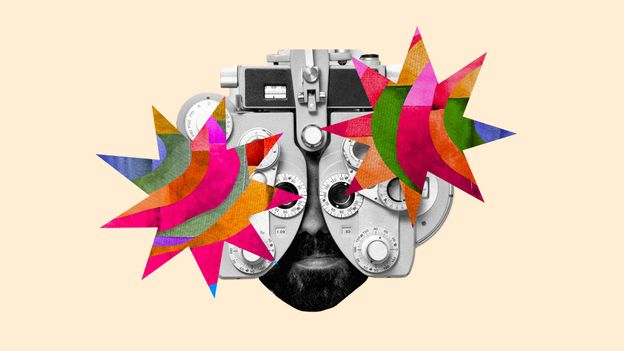Beyond Words: When Languages Paint Colors in Your Mind

Synaesthesia: A Colorful Path to Language Learning
Synaesthesia, a fascinating neurological condition, is emerging as a potential game-changer in language acquisition. This unique sensory phenomenon, where individuals experience a blending of senses, has been discovered to significantly enhance memory and learning capabilities.
Recent scientific research suggests that people with synaesthesia who perceive words, letters, or sounds in vibrant colors may have a distinct advantage when learning a second language. The colorful mental associations can help create stronger neural connections, making language learning more intuitive and memorable.
By transforming linguistic experiences into a rich, multi-sensory journey, synaesthetes can potentially accelerate their language learning process. The ability to see words in color could provide an additional cognitive layer that aids in retention, pronunciation, and overall comprehension.
As researchers continue to explore this intriguing neurological trait, the implications for language education and cognitive development are becoming increasingly promising.

